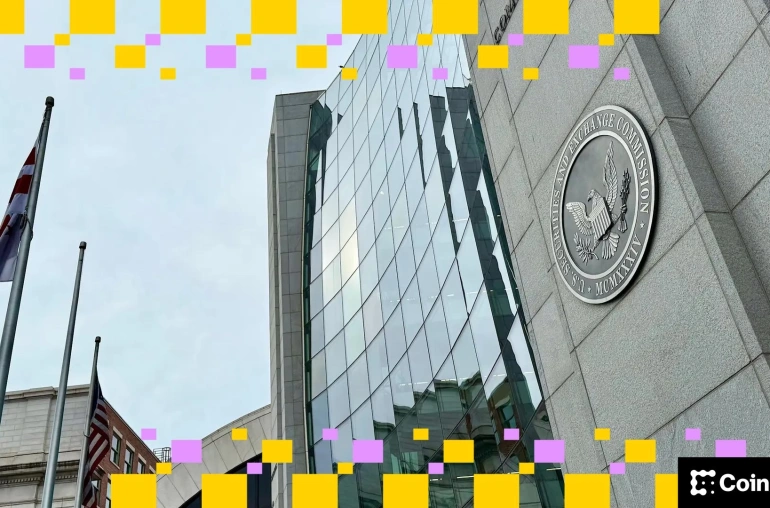On the morning of October 20, 2025, a significant outage at Amazon Web Services (AWS) led to widespread service disruptions, affecting many prominent crypto companies and networks. Numerous platforms rely on AWS to operate their trading markets, wallets, analytics tools, and other critical infrastructure.
This incident had a direct impact on the crypto community. For instance, Coinbase reported that both its trading platform and the Base layer-2 network experienced downtime. Other services, including ConsenSys’ Infura and Robinhood, were similarly affected.
In the aftermath, the crypto community voiced concerns over the centralization of services. Ben Schiller, Head of Communications at Miden, expressed that if a blockchain fails due to an AWS outage, it isn’t adequately decentralized. Similarly, Maggie Love, the creator of SheFi, highlighted that the inability to access the Ethereum mainnet during such an outage suggests a lack of decentralization.
This isn’t the first incident of its kind—an earlier AWS disruption in April 2025 also impacted several crypto exchanges. During the recent outage, Infura noted that multiple network endpoints, including Ethereum, Polygon, Optimism, Arbitrum, Linea, Base, and Scroll, were disrupted due to ongoing issues at AWS. Although the blockchain nodes remained operational, the essential gateways for user interactions with these networks went offline, exacerbating the situation.
The reliance on centralized infrastructures, despite the decentralized nature of blockchain, has been a recurring concern. Layer-2 networks designed for scalability often depend on centralized services, leading to vulnerabilities. Chris Jenkins from Pocket Network noted that the outage underlines the fragility of such infrastructures.
To promote true decentralization, voices within the community argued for the necessity of using layer-1 blockchains, with Jay Jog of Sei Labs emphasizing that genuine decentralization is about resilience. He contrasted the outages experienced by layer-2 networks with the uninterrupted operation of major layer-1 networks like Bitcoin, Ethereum, and Solana, which continued successfully due to their decentralized validator networks.
As discussions around the implications of this incident unfold, the urgency to decentralize the backend infrastructure grows. Past experiences, however, hint at a challenging path forward. For instance, previous warnings following AWS’s April outage went unheeded, suggesting that the lessons learned may not stick this time either.
This situation prompts a broader reflection on how the industry approaches infrastructure dependency and decentralization, particularly as it pertains to the overall sustainability and reliability of crypto systems.
________
At Crypto Dummies, we strive to demystify the complexities of the cryptocurrency world for enthusiasts of all levels. Through insightful articles, guides, and analysis, we cover topics ranging from blockchain technology to market trends and investment strategies. Stay informed and empowered with Crypto Dummies – your go-to source for accessible crypto knowledge.



